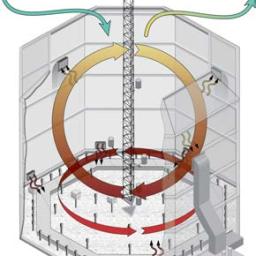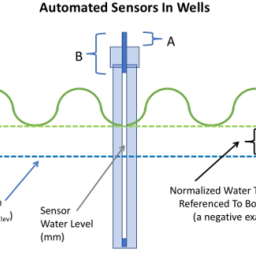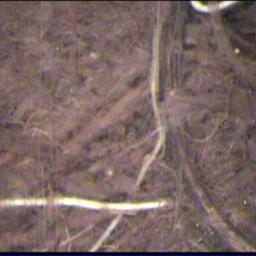An experiment to assess the response of northern peatland ecosystems to increases in temperature and exposures to elevated atmospheric CO2 concentrations.
The SPRUCE experiment is the primary component of the Terrestrial Ecosystem Science Scientific Focus Area at ORNL focused on terrestrial ecosystems and the mechanisms that underlie their responses to environmental change. The experimental work is being conducted in a Picea mariana [black spruce] – Sphagnum spp. bog forest in northern Minnesota, 40 km north of Grand Rapids, in the USDA Forest Service Marcell Experimental Forest (MEF). The site is located at the southern margin of the boreal peatland forest. It is an ecosystem considered especially vulnerable to environmental changes, and anticipated to be near its tipping point with respect to rates of environmental change. Responses to warming and interactions with increased atmospheric CO2 concentration are anticipated to have important feedbacks on Earth's carbon cycle because of the high carbon stocks harbored by such ecosystems.
Recent Publications
-
Compositional stability of peat in ecosystem-scale warming mesocosms
-
Defining the Sphagnum Core Microbiome across the North American Continent Reveals a Central Role for Diazotrophic Methanotrophs in the Nitrogen and Carbon Cycles of Boreal Peatland Ecosystems
-
Evaluating alternative ebullition models for predicting peatland methane emission and its pathways via data–model fusion
Datasets
-
SPRUCE Whole Ecosystems Warming (WEW) Environmental Data Beginning August 2015
This data set provides a record of the half-hourly averages of automated environmental data collected for 12 SPRUCE plots (4, 6, 7, 8, 10, 11, 13, 16, 17, 19, 20, and 21)…
-
SPRUCE Plot-Level Water Table Data Assessments for Absolute Elevations and Height with Respect to Mean Hollows Beginning in 2015
This data set provides a record of the half-hourly automated water table depth data collected for 12 SPRUCE plots (4, 6, 7, 8, 10, 11, 13, 14, 16, 17, 19, 20, and 21) beginning…
-
SPRUCE: Root Production Assessed with Manual Minirhizotrons Resolved to Plant Functional Type, 2015–2021
This data set contains raw root length and diameter for individual roots and estimated root population production measurements from the SPRUCE experiment from the beginning of…








